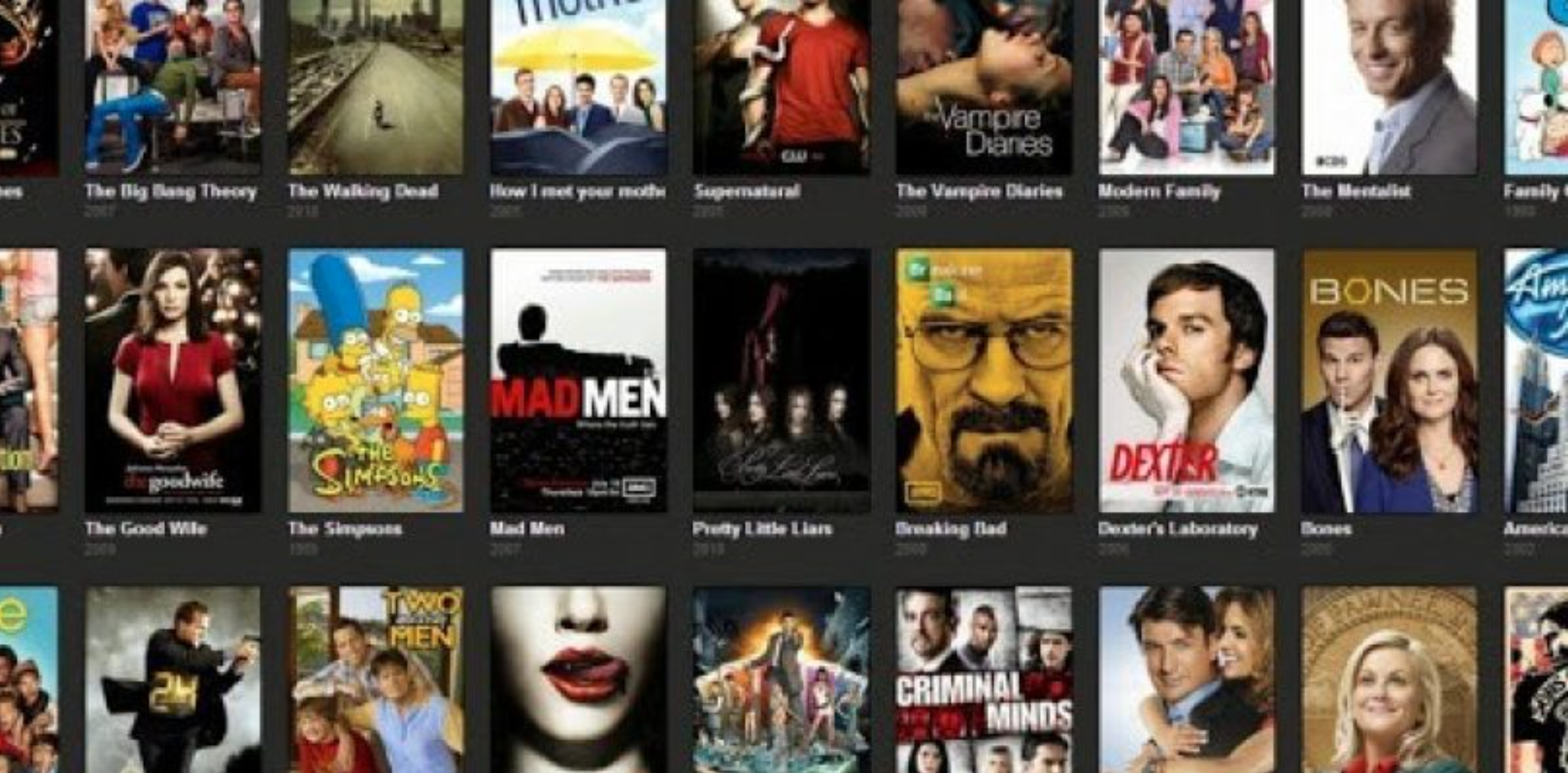Harvard Business Review recently came out with a brilliant article re-affirming what we’ve been saying here for quite some time: Simple writing makes money.
In fact, the simpler your writing is, the more money you make.
There was one part of the Harvard piece, though, that caught our eye: Generally, the fewer caveats you make, the more readers will be engaged with what you write.
… And the more money you’ll make.
What often happens is this
A copywriter sits down and fills a page with copy.
Along the way, they think “I need to counter this objection,” and “Oh, what if they ask that?”
And by the end, half of the copy is caveats designed to handle objections.
In reality, clear and effective copy can make a sale without falling into the caveats trap.
To close sales more often, here’s a simple framework to use
- If an objection is primary—meaning most customers will not buy without having it cleared up—try including it in your important copy.
- If an objection is secondary, try leaving it to your FAQ section at the bottom of the page.
For example
- “But does it have gluten?” is a primary objection for a company selling food products to gluten-free customers. The answer should be front-and-center.
- “But what if the plane crashes?” isn’t an objection airlines need to mention in their primary copy, because it isn’t actually a primary consideration for most people booking flights.


